Here is a selection of the 12 most interesting and fascinating facts about Neptune — the eighth and most distant planet in the solar system.
Neptune was found on the basis of mathematical calculations
Neptune was discovered on September 23, 1846 by German astronomers Johann Galle and Heinrich d’Arrest. It was an accidental discovery. They were guided by calculations made by French scientist Urbain Le Verrier.
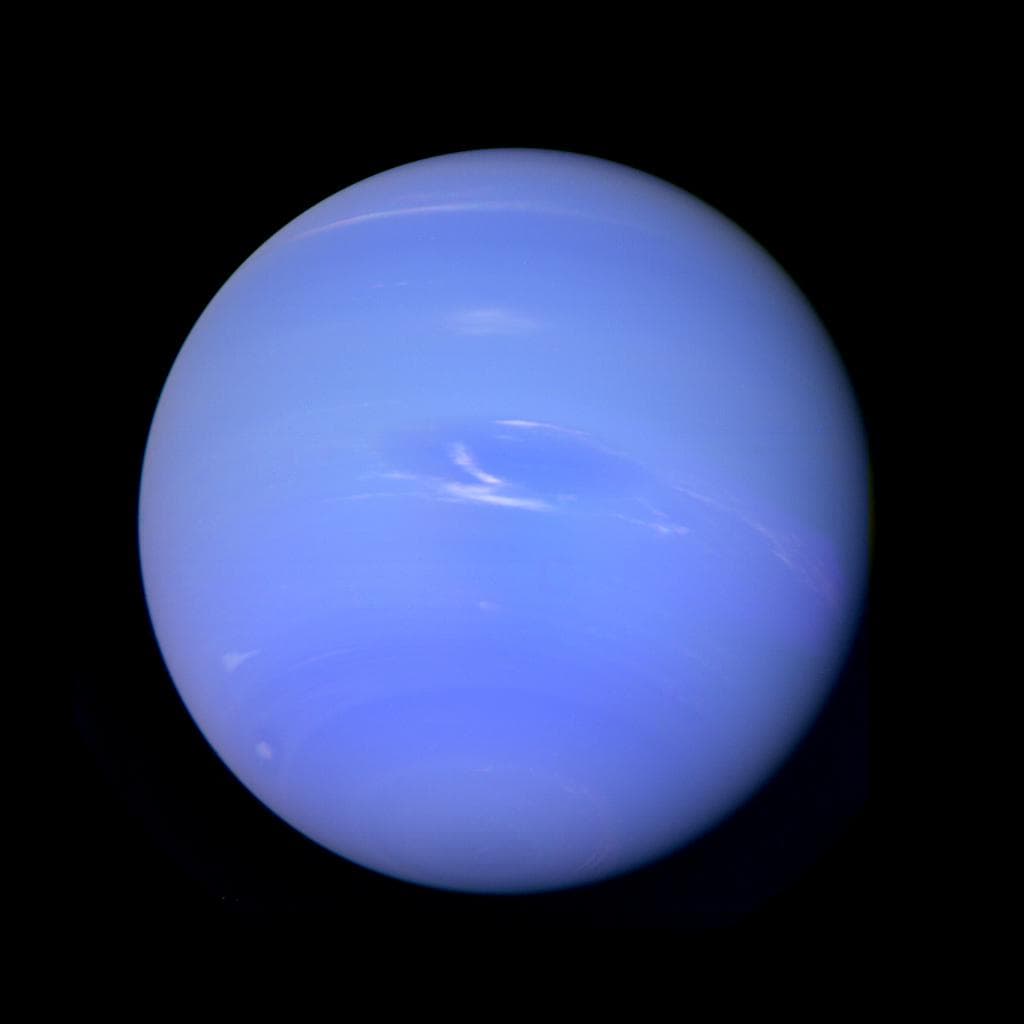
The fact is that some time after the discovery of Uranus (it occurred in 1781), astronomers have discovered that in its motion, the seventh planet from the Sun deviates from its calculated position. This led to the theory of the existence of an as yet undiscovered eighth planet, whose gravity affects the orbit of Uranus. Several scientists began to calculate the location of this unknown celestial body, which led to a kind of astronomical race. Urben Leverier was the winner.
Galileo observed Neptune two centuries before its discovery
The magnitude of Neptune is too small to see it in the earth’s sky with the naked eye. The planet can only be observed with a telescope. However, Johann Galle and Heinrich d’Arrest were not the first to do so. In fact, the first person to see Neptune was Galileo Galilei. He marked the planet in sketches made on December 28, 1612, and then on January 28, 1613.
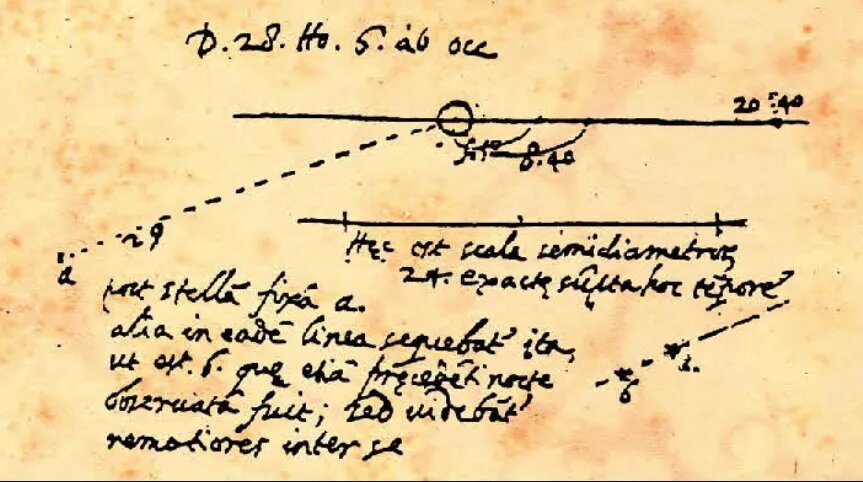
Unfortunately, due to the primitiveness of his telescope, Galileo could not see the planet’s disk and took it for a star. It is known that alter several astronomers also observed Neptune, but also did not understand that it is a planet.
Neptune could have been given different name
After the discovery of the eighth planet, several variants of its name were proposed. So Johann Galle proposed to call it Janus. For his part, Urbain Le Verrier initially proposed naming the planet Neptune, but then changed his mind and wanted to name it after himself. English astronomers advocated the name Ocean.
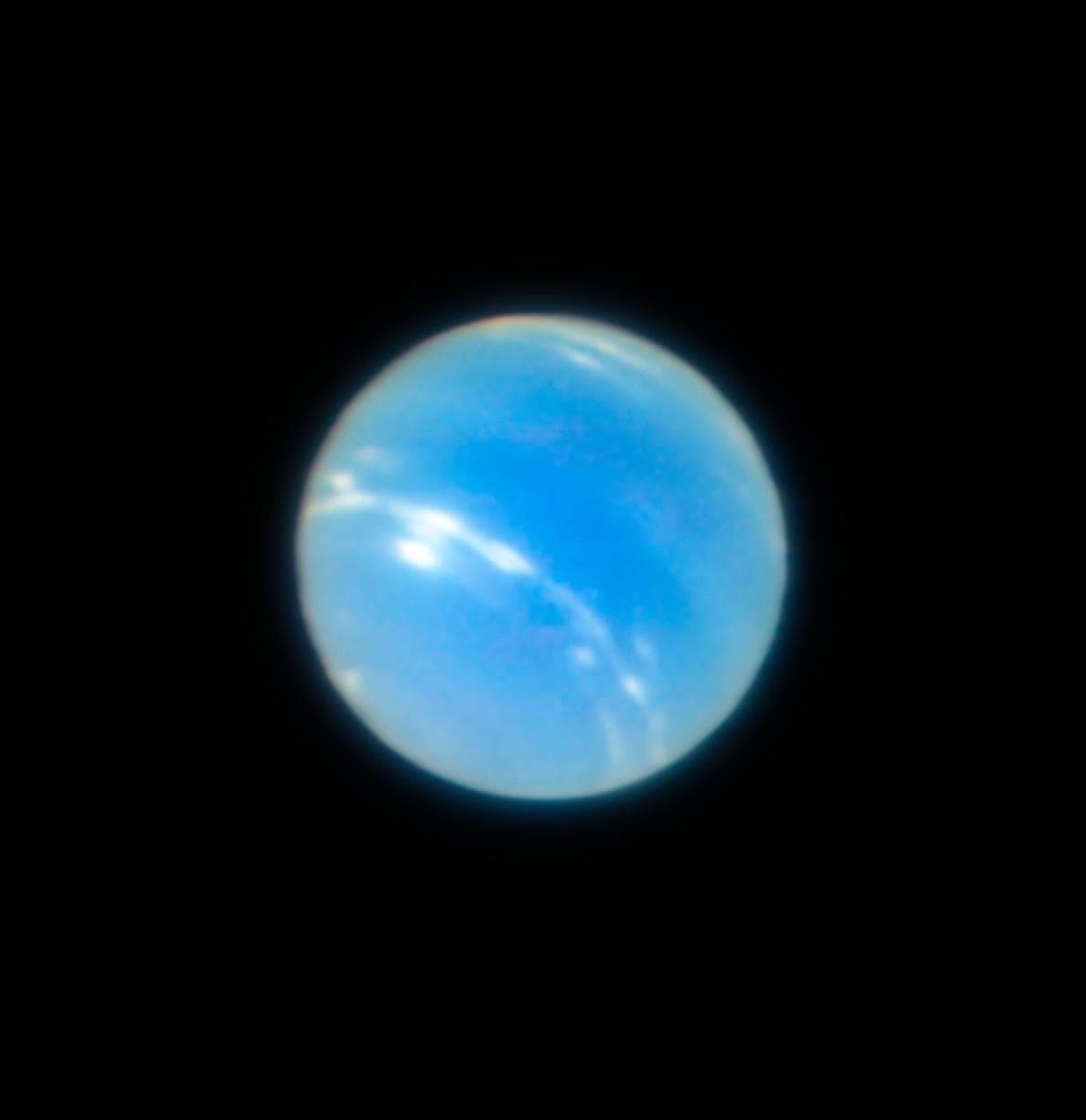
But all in all the eighth planet was named Neptune. This continued the tradition of naming the planets after the gods and, in addition, fitted very well with its blue color.
Neptune is the farthest planet in the solar system
Neptune is the most distant planet in the solar system. Its orbit is at a distance of about 4.5 billion km from Earth. Neptune orbits the Sun for 164 years. So, according to the Neptunian calendar, a little more than one local year has passed since discovery of the planet.
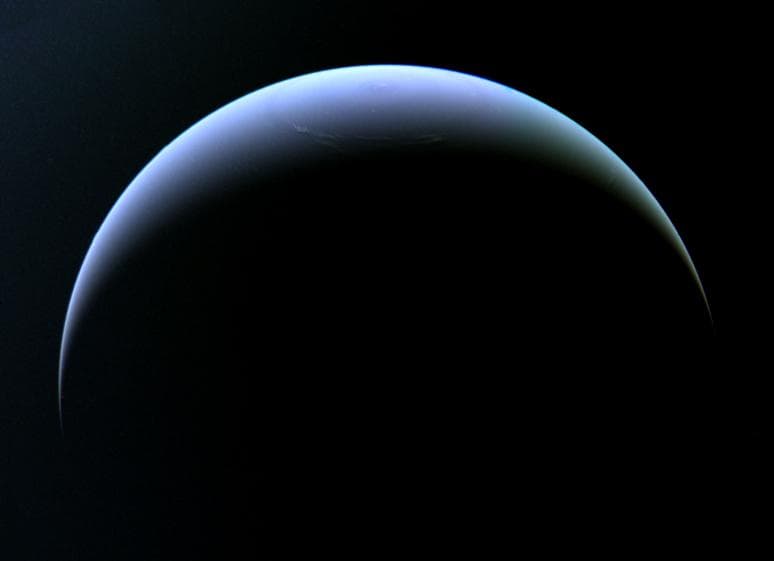
Neptune was visited by only one spacecraft
Due to its considerable distance from Earth, Neptune is an extremely difficult target to study. In its entire history, it has so far been visited by only one spacecraft. This honor fell to the Voyager 2, which approached the eighth planet in August 1989.
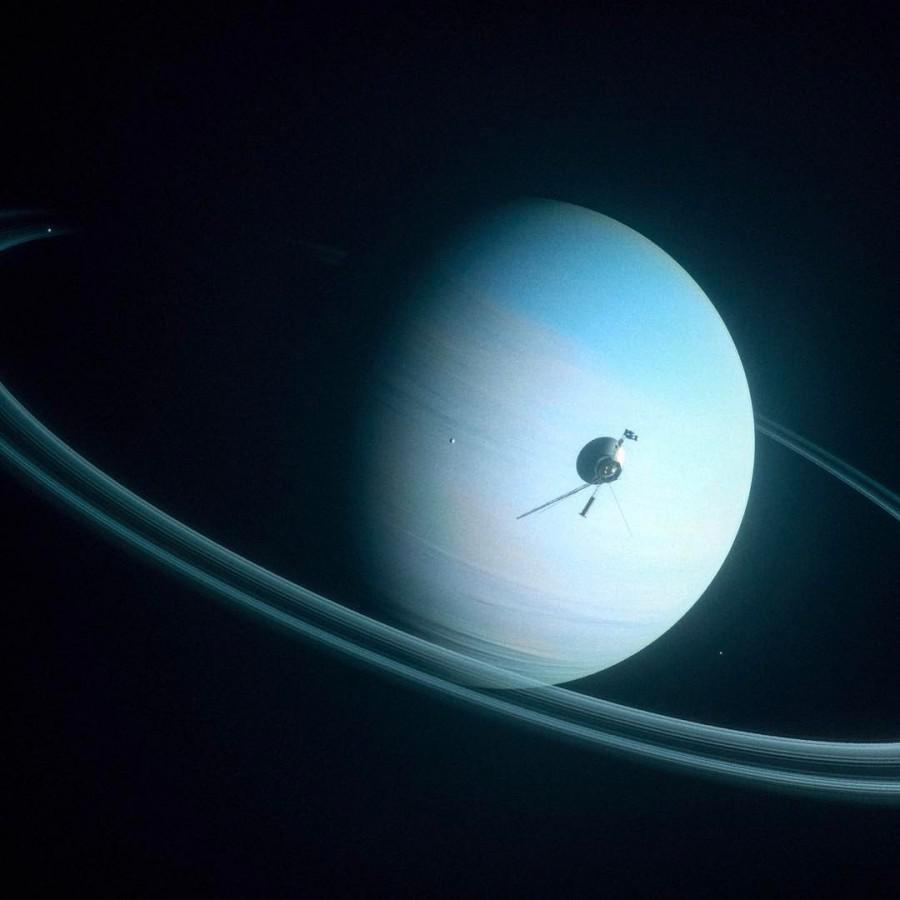
Neptune is an ice giant
The diameter of Neptune is 49 thousand kilometers; its mass is 17 times the mass of the Earth. The structure of the planet resembles Uranus. While the atmosphere of Neptune consists mainly of hydrogen and helium, its mantle is dominated by water, methane and ammonia. And there is a stone-ice core in its center. Astronomers distinguish such objects as a separate category of ice giants.
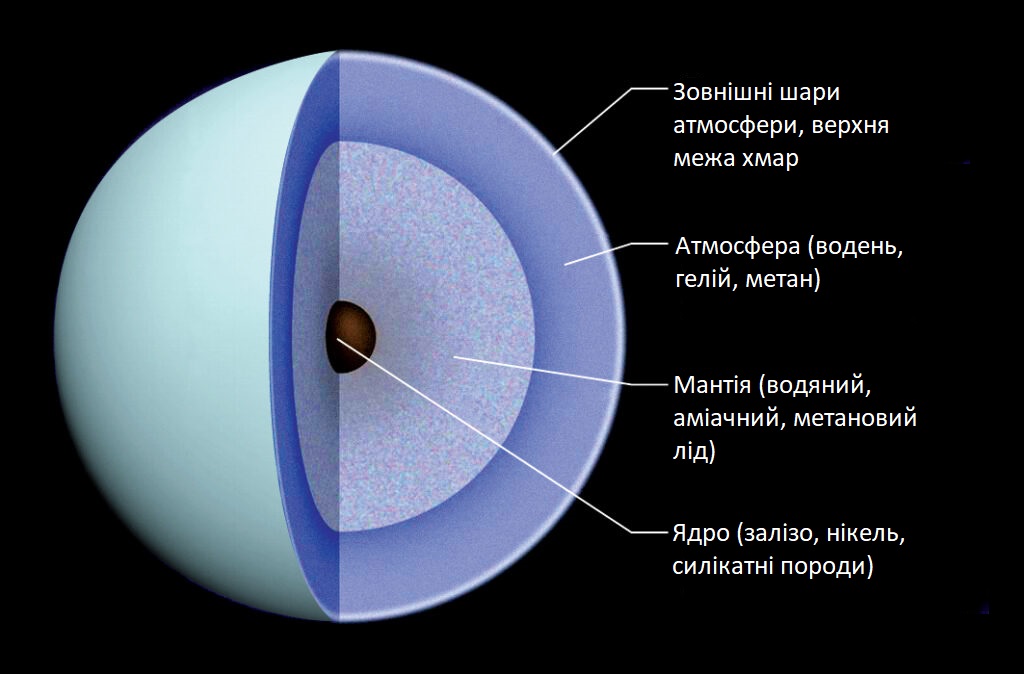
Neptune has rings
Neptune has its own ring system, which consists of five main rings. They are much smaller and dimmer than Saturn’s famous rings and are mostly composed of particles, most likely covered with organic material, which gives them a reddish tinge.

Among the rings of Neptune, the Adams ring stands out. It contains five “arcs” — areas with high density of matter. According to astronomers, their existence is due to the gravitational influence of the planet’s satellites.
Diamonds are raining on Neptune
As you dive deep into Neptune, the temperature and pressure in its bowels increase rapidly. The results of computer simulations show that at a depth of about seven thousand km, they reach such a magnitude that methane decomposes into its elements: carbon and hydrogen. Lighter hydrogen rises into the atmosphere of Neptune, and carbon under the action of the environment turns into diamond crystals and then slowly descends to the core of the planet.
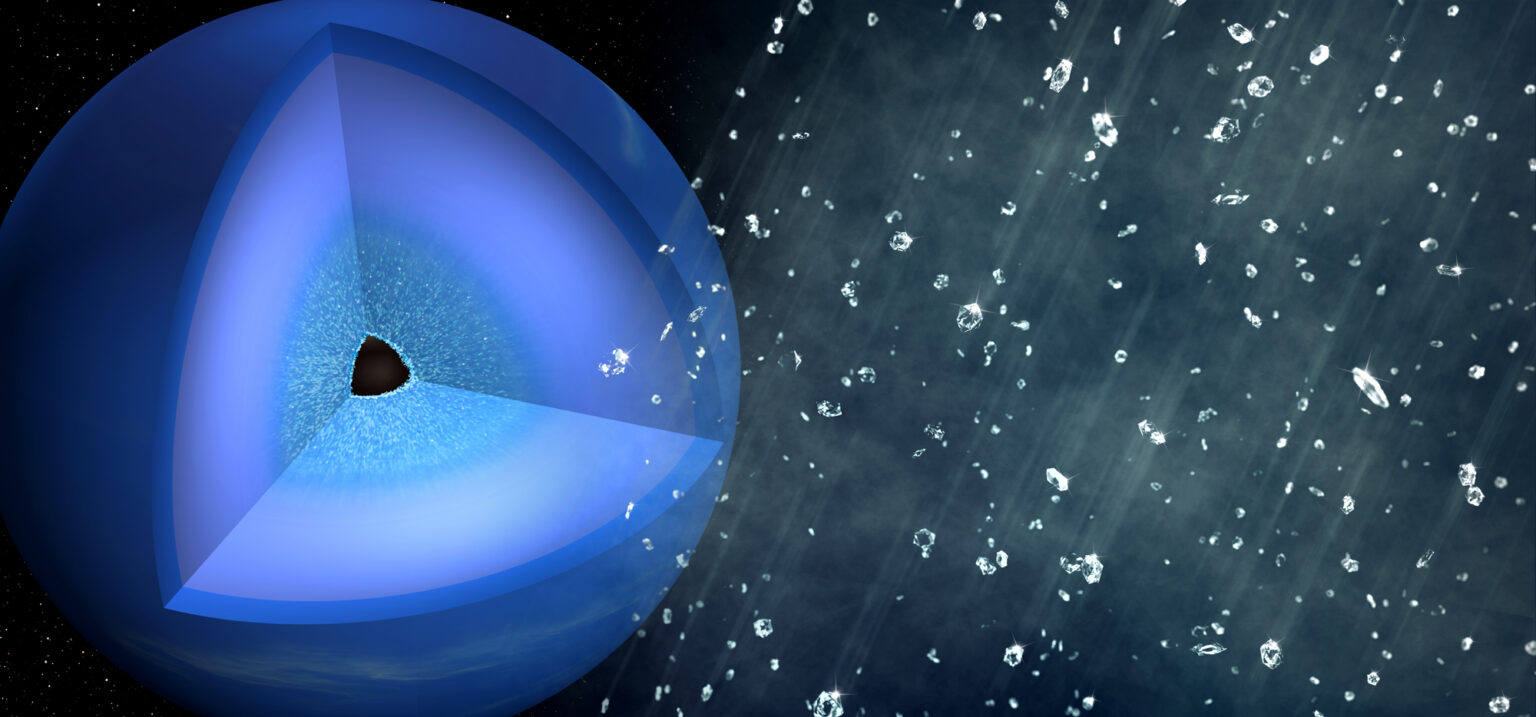
Neptune once had an analogue of the Great Red Spot
Voyager 2 during its visit to Neptune, captured a large storm in its atmosphere. By analogy with the famous Great Red Spot, astronomers called it the Great Dark Spot.
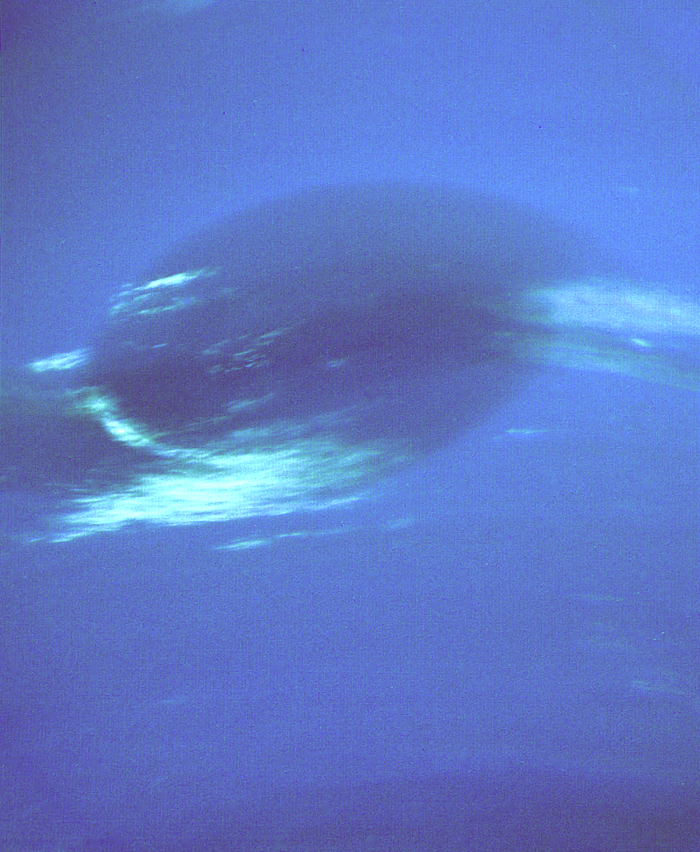
However, unlike its Jupiter counterpart, the Great Dark Spot was much less durable. When trying to shoot it by the Hubble Space Telescope in 1994 scientists discovered that it had completely disappeared. At the same time, astronomers have repeatedly recorded new major storms on Neptune.
Neptune has the fastest winds in the solar system
Neptune is home to the fastest winds in the solar system. Their maximum speed reaches 2400 km/h. That’s about twice the speed of sound on Earth. Most likely, such strong winds are associated with heat coming from the bowels of the planet. The fact is that Neptune emits 2.61 times more energy than it receives from the Sun. The exact nature of the planet’s internal heat source is still a matter of debate among astronomers.
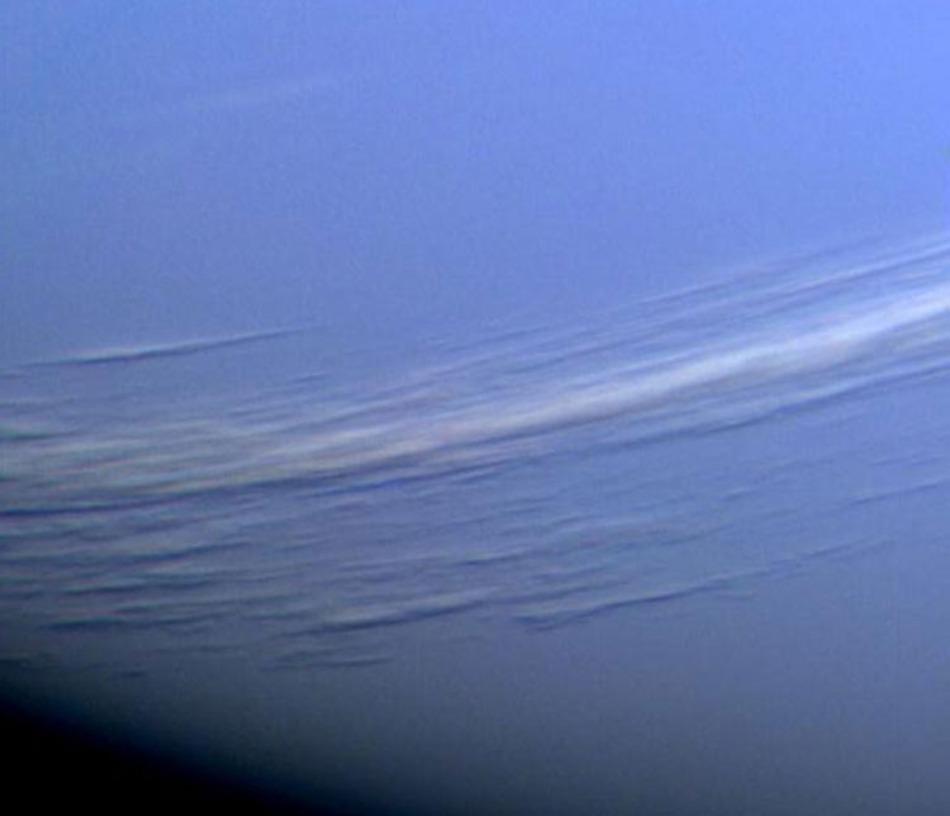
Neptune has lost almost all its satellites
Unlike other giant planets, each of which has a family of several massive moons, Neptune has only one truly large satellite — Triton. At the same time, Triton moves in a retrograde orbit around the planet. This suggests that in the distant past it was captured by the gravity of Neptune and originally formed in a completely different region of the solar system.
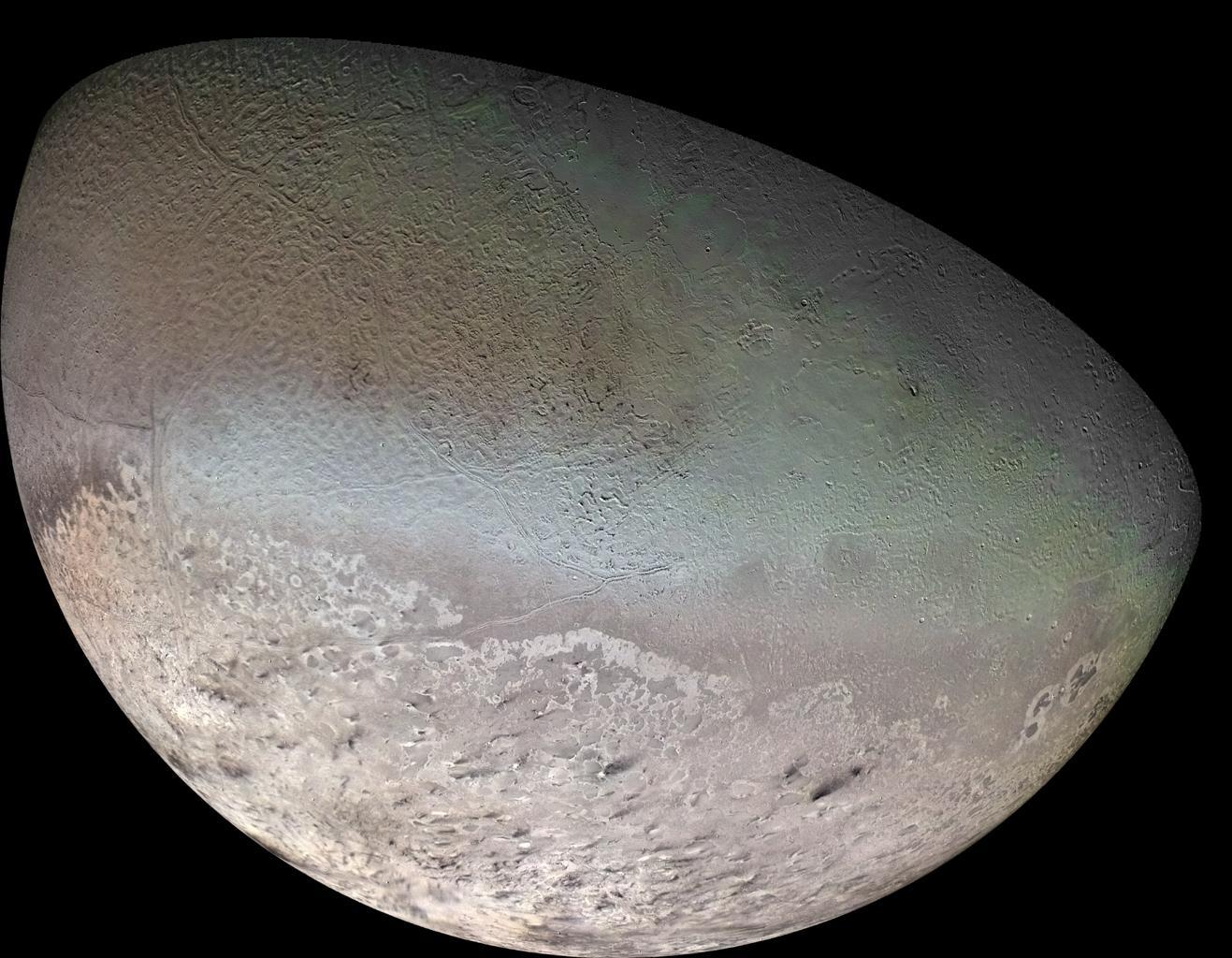
Astronomers believe that the capturing of Triton has led to the complete destabilization of the original satellite family of the planet. This led to a series of grandiose collisions, during which Neptune’s “native” satellites were destroyed. Subsequently, several small satellites gathered from their wreckage, which still revolve around the planet.
In the future, Neptune is going to destroy Triton
However, although Triton has survived all the great moons of Neptune, in the future it will also face a gloomy fate. Observations show that it is gradually approaching the planet. Eventually, the satellite will cross the Roche limit. After that, the gravity of Neptune will tear Triton apart. The debris is going to form a giant ring around the planet, which will be more massive and larger than Saturn’s rings. In the future, the wreckage of Triton will gradually fall on Neptune.
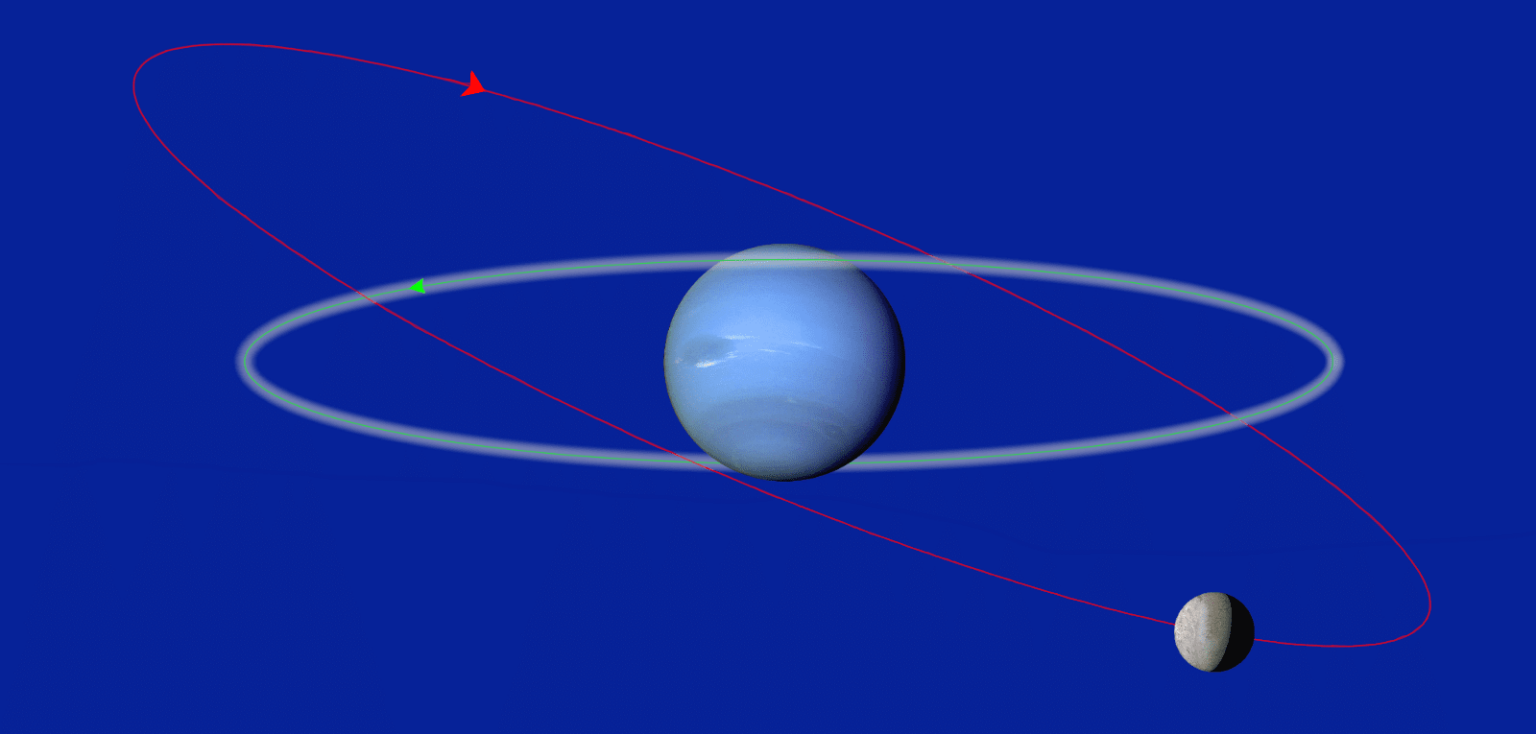
However, these events will not happen soon. Calculations show that the destruction of Triton will occur in about 3.6 billion years.

